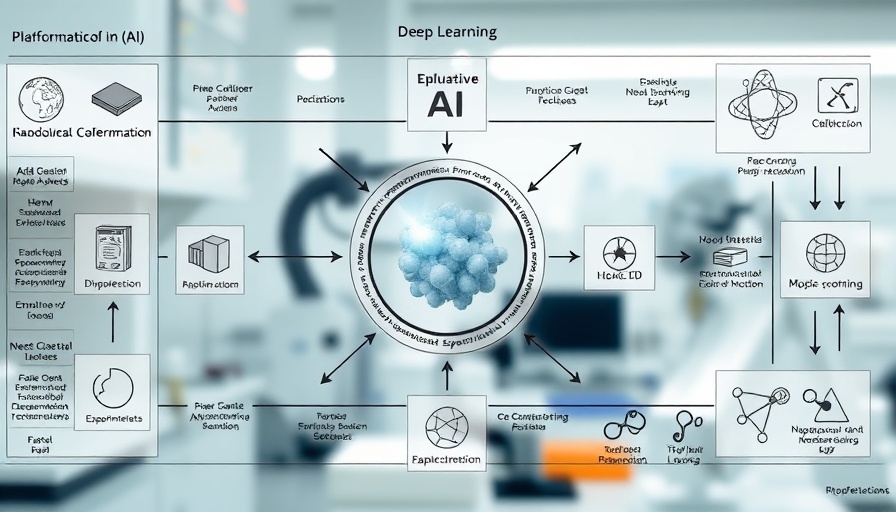
Unlocking the Secrets of Nanoparticles with AI
Nanoparticles, those minuscule pieces of matter that make up much of the material world around us, are always on the move. They dart, sway, and tumble through liquids, driven by unseen forces and random events in their environment. Understanding the way these particles behave is crucial for advancing medicine, creating high-performance materials, and improving sensors. Yet, studying their movement at such a tiny scale has long posed a challenge for researchers.
The Breakthrough of LEONARDO
Researchers from Georgia Tech have taken a monumental step forward in this field by developing a new artificial intelligence tool called LEONARDO. This innovative model doesn't merely observe the movements of nanoparticles; it predicts and simulates them with impressive accuracy. Described in a recent article published in Nature Communications, LEONARDO can analyze and generate realistic motions of nanoparticles based on thousands of experimental recordings.
“LEONARDO allows us to move beyond observation to simulation,” said Vida Jamali, an assistant professor at Georgia Tech’s School of Chemical and Biomolecular Engineering. “We can now generate high-fidelity models of nanoscale motion that reflect the actual physical forces at play. LEONARDO helps us not only see what is happening at the nanoscale but also understand why.”
Challenges of Traditional Observation Methods
Conventional microscopes, even the most advanced ones, struggle to capture the swift movements of nanoparticles. Techniques like Brownian motion modeling often miss essential complexities influenced by factors such as viscosity or particle interactions with surfaces. To address this issue, researchers employed liquid-phase transmission electron microscopy (LPTEM), enabling the observation of particles in their natural movements within a microfluidic chamber, down to nanometre-level precision.
How LEONARDO Operates
The LEONARDO model was trained using a specific setup involving gold nanorods diffusing in water. Researchers collected a staggering dataset of over 38,000 trajectories under varying conditions, adjusting parameters such as particle size and electron beam settings. This wealth of data empowers LEONARDO to generalize across multiple behaviors and scenarios, asserting its versatility in modeling particle movement.
Connecting Physics and AI
One of the key features of LEONARDO is its ability to learn from data while adhering to the laws of physics. Ph.D. student Zain Shabeeb noted, “What distinguishes LEONARDO is its dual capability to learn from experimental data while being governed by physical principles.” This unique approach allows for enhanced predictions about nanoparticle behavior, providing researchers with a vital tool for future explorations.
Implications for Future Research
The potential applications for LEONARDO are vast and could significantly impact various fields, from healthcare to environmental science. By providing a clearer understanding of nanoscale interactions, researchers can create more effective drug delivery systems, develop advanced materials with tailored properties, and enhance sensor technologies. The possibilities that arise from accurately modeling nanoparticle behaviour extend well beyond academic interest and touch on real-world applications.
Conclusion: A New Frontier in Nanotechnology
As we continue to uncover the mysteries of the nanoparticles that play such critical roles in our world, tools like LEONARDO mark a crucial advancement. They enable us to visualize and simulate particle motion in ways previously deemed impossible, opening doors to innovations that could transform technology as we know it. This marks just the beginning as researchers explore the vast potential of what lies within the nanoworld, paving the way for new solutions in life sciences and materials engineering.
 Add Row
Add Row  Add
Add 




Write A Comment